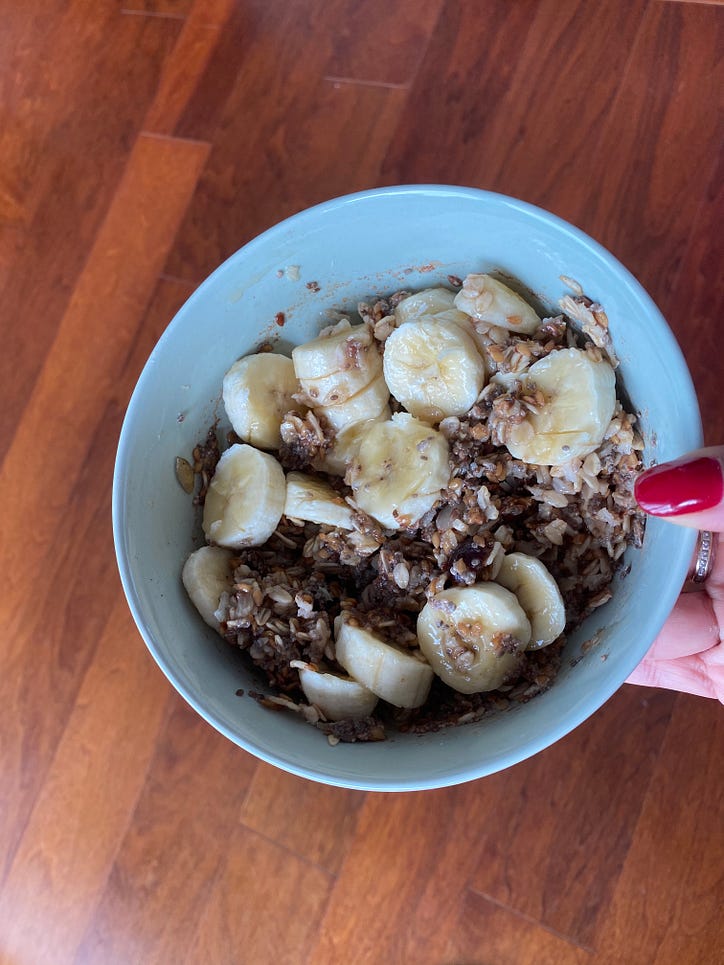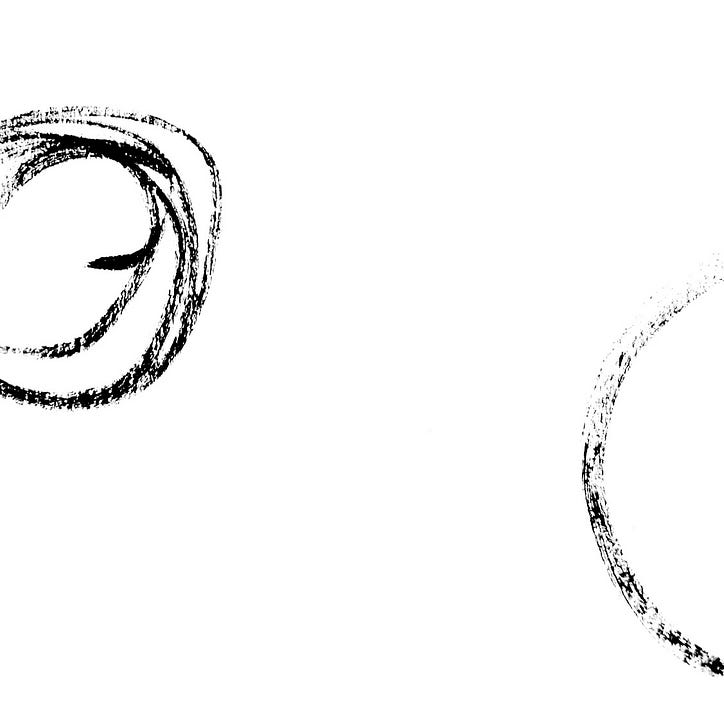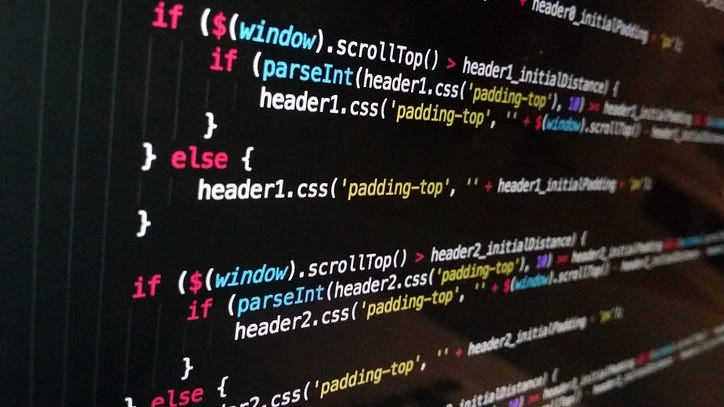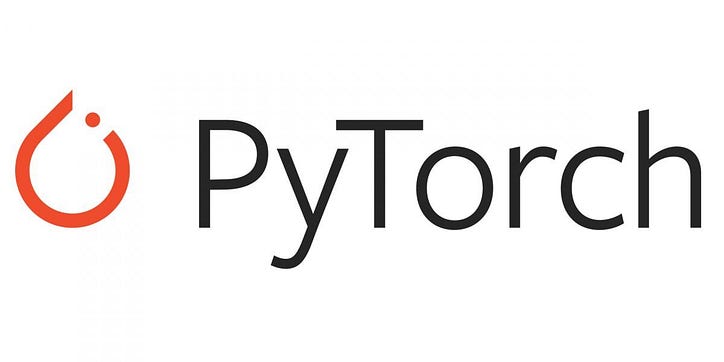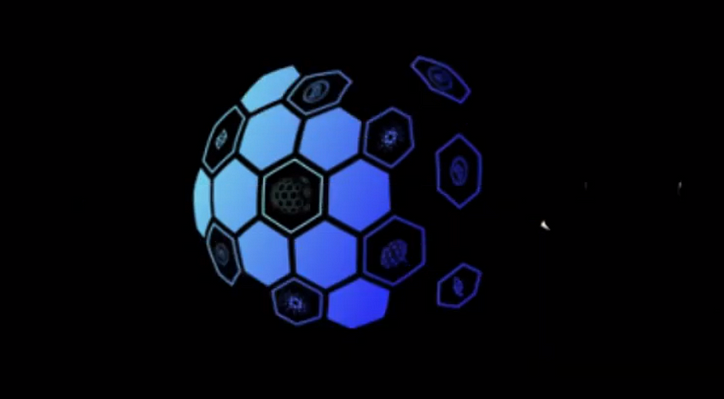Inizia con GloVe Embedding

Vuoi utilizzare gli incorporamenti GloVe nel tuo progetto? Le varie terminologie ti danno problemi? Congratulazioni! Sei nel posto giusto.
Nota: questo articolo non discute la matematica alla base dell'incorporamento di GloVe.
In questo articolo impareremo come utilizzare gli incorporamenti GloVe per trasformare qualsiasi dato di testo in numeri. Impareremo i passaggi utilizzando un breve corpus di testo, quindi applicheremo questi passaggi per ottenere l'incorporamento per il set di dati della recensione del film IMDB. Utilizzeremo l'incorporamento ottenuto per addestrare un classificatore di sentiment binario sullo stesso set di dati.
Iniziamo!
introduzione
È disponibile per il download una varietà di incorporamenti di parole GloVe pre-addestrati. Ulteriori informazioni sul corpus di addestramento di diversi incorporamenti di guanti sono disponibili su questo sito Web. In questo tutorial, utilizzeremo gli incorporamenti glovetwitter27b50d, che hanno 50 dimensioni e sono stati addestrati su tweet 2B da Twitter.
L'incorporamento è disponibile come file di testo in cui ogni riga ha una stringa contenente una parola e la sua rappresentazione vettoriale. Convertiremo il contenuto di questo file di testo in un dizionario.
# Read the text file
glovetwitter27b50d = "pathe_to_glovetwitter27b50d.txt"
file = open(glovetwitter27b50d)
glovetwitter27b50d = file.readlines()
# Convert the text file into a dictionary
def ConvertToEmbeddingDictionary(glovetwitter27b50d):
embedding_dictionary = {}
for word_embedding in tqdm(glovetwitter27b50d):
word_embedding = word_embedding.split()
word = word_embedding[0]
embedding = np.array([float(i) for i in word_embedding[1:]])
embedding_dictionary[word] = embedding
return embedding_dictionary
embedding_dictionary = ConvertToEmbeddingDictionary(glovetwitter27b50d)
# Let's look at the embedding of the word "hello."
embedding_dictionary['hello']
Output:
array([ 0.28751 , 0.31323 , -0.29318 , 0.17199 , -0.69232 ,
-0.4593 , 1.3364 , 0.709 , 0.12118 , 0.11476 ,
-0.48505 , -0.088608 , -3.0154 , -0.54024 , -1.326 ,
0.39477 , 0.11755 , -0.17816 , -0.32272 , 0.21715 ,
0.043144 , -0.43666 , -0.55857 , -0.47601 , -0.095172 ,
0.0031934, 0.1192 , -0.23643 , 1.3234 , -0.45093 ,
-0.65837 , -0.13865 , 0.22145 , -0.35806 , 0.20988 ,
0.054894 , -0.080322 , 0.48942 , 0.19206 , 0.4556 ,
-1.642 , -0.83323 , -0.12974 , 0.96514 , -0.18214 ,
0.37733 , -0.19622 , -0.12231 , -0.10496 , 0.45388 ])
sample_corpus = ['The woods are lovely, dark and deep',
'But I have promises to keep',
'And miles to go before I sleep',
'And miles to go before I sleep']
# This is the maximum number of tokens we wish to consider from our dataset.
# When there are more tokens, the tokens with the highest frequency are chosen.
max_number_of_words = 5
# Note: Keras tokenizer selects only top n-1 tokens if the num_words is set to n
tokenizer = Tokenizer(num_words=max_number_of_words)
tokenizer.fit_on_texts(sample_corpus)
sample_corpus_tokenized = tokenizer.texts_to_sequences(sample_corpus)
print(tokenizer.word_index)
Output:
{'and': 1, 'i': 2, 'to': 3, 'miles': 4, 'go': 5, 'before': 6, 'sleep': 7, 'the': 8, 'woods': 9, 'are': 10, 'lovely': 11, 'dark': 12, 'deep': 13, 'but': 14, 'have': 15, 'promises': 16, 'keep': 17}
print("But I have promises to keep: ", sample_corpus_tokenized[1])
Output:
But I have promises to keep: [2, 3]
Ora che abbiamo scelto un set di token dal nostro corpus testuale, dobbiamo sviluppare una matrice di incorporamento per essi. La matrice di incorporamento avrà colonne pari alla dimensione dell'incorporamento e righe pari al numero di token .
# Create embedding matrix
total_number_of_words = min(max_number_of_words, len(tokenizer.word_index))
embedding_matrix = np.zeros((total_number_of_words,50))
for word, i in tokenizer.word_index.items():
if i >= total_number_of_words: break
if word in embedding_dictionary.keys():
embedding_vector = embedding_dictionary[word]
embedding_matrix[i] = embedding_vector
Le reti neurali artificiali e gli algoritmi ML non possono gestire una lunghezza variabile di input, quindi dobbiamo convertire gli incorporamenti di ogni sequenza di input in una dimensione fissa. Esistono molti approcci per farlo, ma il più semplice è sommare l'incorporamento di ogni token in una frase e normalizzare il vettore.
def convertToSentenceVector(sentences):
new_sentences = []
for sentence in sentences:
sentence_vector = []
for word_index in sentence:
sentence_vector.append(embedding_matrix[word_index])
sentence_vector = np.array(sentence_vector).sum(axis=0)
embedding_vector / np.sqrt((embedding_vector ** 2).sum())
new_sentences.append(sentence_vecto
sample_corpus_vectorized = convertToSentenceVector(sample_corpus_tokenized)
# Print the 50-dimensional embedding of the first sentence in our text corpus.
print(sample_corpus_vectorized[0])
Output:
[-0.43196 -0.18965 -0.028294 -0.25903 -0.4481 0.53591
0.94627 -0.07806 -0.54519 -0.72878 -0.030083 -0.28677
-6.464 -0.31295 0.12351 -0.2463 0.029458 -0.83529
0.19647 -0.15722 -0.5562 -0.027029 -0.23915 0.18188
-0.15156 0.54768 0.13767 0.21828 0.61069 -0.3679
0.023187 0.33281 -0.18062 -0.0094163 0.31861 -0.19201
0.35759 0.50104 0.55981 0.20561 -1.1167 -0.3063
-0.14224 0.20285 0.10245 -0.39289 -0.26724 -0.37573
0.16076 -0.74501 ]
Classificazione del sentimento: set di dati di recensioni di film IMDB
# Read the data
df = pd.read_csv("IMDB_Dataset.csv")
X = df['review']
y = df['sentiment']
# Convert labels to numbers
le = LabelEncoder()
y = le.fit_transform(y)
# Split the data into train and test sets.
X_train, X_test, y_train, y_test = train_test_split(X, y, test_size=0.10, random_state=0)
#Set the maximum number of tokens to 50000
max_number_of_words = 50000
# Tokenize training set
tokenizer = Tokenizer(num_words=max_number_of_words)
tokenizer.fit_on_texts(X_train)
X_train = tokenizer.texts_to_sequences(X_train)
X_test = tokenizer.texts_to_sequences(X_test)
# Create embedding matrix
total_number_of_words = min(max_number_of_words, len(tokenizer.word_index))
embedding_matrix = np.zeros((total_number_of_words+1,50))
for word, i in tokenizer.word_index.items():
if i >= total_number_of_words: break
if word in embedding_dictionary.keys():
embedding_vector = embedding_dictionary[word]
embedding_matrix[i] = embedding_vector
# Get a fixed-size embedding for every comment using the function defined earlier
X_train = convertToSentenceVector(X_train)
X_test = convertToSentenceVector(X_test)
# Define a sequential model
model = Sequential()
model.add(Dense(100, input_shape = (50,), activation = "relu"))
model.add(Dense(1000, activation = "relu"))
model.add(Dropout(0.2))
model.add(Dense(1, activation = "sigmoid"))
model.compile(loss='binary_crossentropy', optimizer='adam', metrics=['accuracy'])
model.summary()
# Fit the model
model.fit(X_train, y_train, batch_size=32, epochs=10, validation_split=0.1)
# Get the classification report on the test set
y_pred = model.predict(X_test)
y_pred = y_pred.round()
print(classification_report(y_test, y_pred))
Output:
precision recall f1-score support
0 0.82 0.77 0.79 2553
1 0.77 0.82 0.80 2447
accuracy 0.80 5000
macro avg 0.80 0.80 0.80 5000
weighted avg 0.80 0.80 0.80 5000
max_number_of_words = 50000
max_length = 100
tokenizer = Tokenizer(num_words=max_number_of_words)
tokenizer.fit_on_texts(X_train)
X_train = tokenizer.texts_to_sequences(X_train)
X_test = tokenizer.texts_to_sequences(X_test)
# We can use padding to make the length of every comment equal to max_length
X_train = pad_sequences(X_train, maxlen=max_length)
X_test = pad_sequences(X_test, maxlen=max_length)
# Define a sequential model
model = Sequential()
# Add an embedding layer and pass the embedding matrix as weights
model.add(Embedding(max_number_of_words+1, 50, input_shape = (100,), weights=[embedding_matrix]))
model.add(Bidirectional(LSTM(50, return_sequences=True, dropout=0.1, recurrent_dropout=0.1)))
model.add(GlobalMaxPool1D())
model.add(Dense(50, activation="relu"))
model.add(Dropout(0.1))
model.add(Dense(1, activation="sigmoid"))
model.compile(loss='binary_crossentropy', optimizer='adam', metrics=['accuracy'])
model.summary()
# Fit the model
model.fit(X_train, y_train, batch_size=32, epochs=10, validation_split=0.1);
# Get the classification report
y_pred = model.predict(X_test)
y_pred = y_pred.round()
print(classification_report(y_test, y_pred))
Output:
precision recall f1-score support
0 0.87 0.83 0.85 2553
1 0.83 0.87 0.85 2447
accuracy 0.85 5000
macro avg 0.85 0.85 0.85 5000
weighted avg 0.85 0.85 0.85 5000
Ora che hai una migliore comprensione degli incorporamenti GloVe, sei pronto per applicarli a vari problemi di PNL.
Nota: è possibile accedere al codice completo da questo collegamento.
Riferimenti :
- https://www.tensorflow.org/text/guide/word_embeddings
- https://www.kaggle.com/code/jhoward/improved-lstm-baseline-glove-dropout
- https://www.kaggle.com/code/abhishek/approaching-almost-any-nlp-problem-on-kaggle

![Che cos'è un elenco collegato, comunque? [Parte 1]](https://post.nghiatu.com/assets/images/m/max/724/1*Xokk6XOjWyIGCBujkJsCzQ.jpeg)





